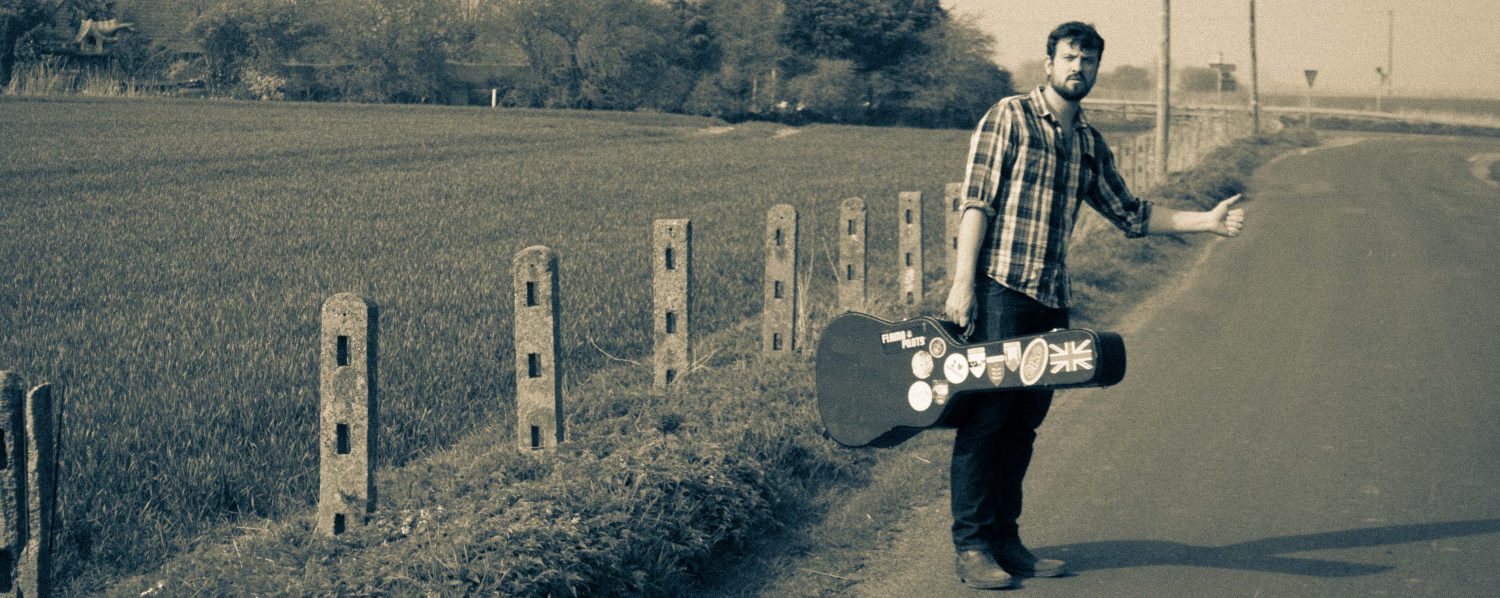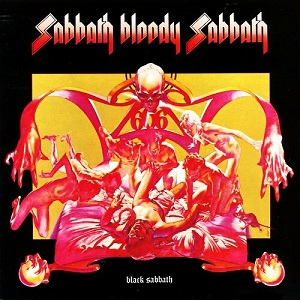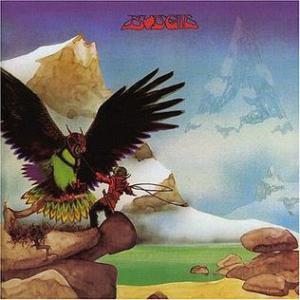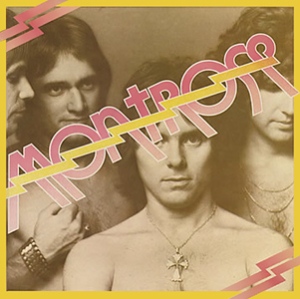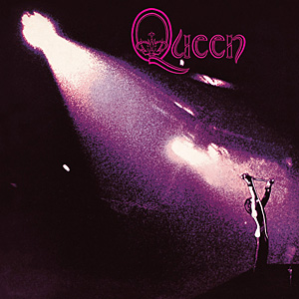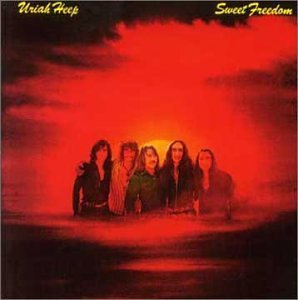If you have read The 30 Day Metal Challenge – Part 1: The Beginning, then please read on. If not, I suggest quickly reading it (it’s not long) to understand the motivation for my project of delving into the world of the “metal” genres, a thing I know little about.

1973 yielded the following “metal” albums (Apologies if I have missed any, but don’t blame me, blame Wikipedia). They were:
Black Sabbath – Sabbath Bloody Sabbath
Blue Öyster Cult – Tyranny and Mutation
Budgie – Never Turn Your Back on a Friend
Montrose – Montrose
Queen – Queen I
Uriah Heep – Sweet Freedom
By 1973, Black Sabbath guitarist Tony Iommi had begun to down tune his guitar, therefore increasing the slackness of his guitar strings. This created a deeper, darker timbre to Sabbath’s sound. Little did they know how significant this sound would become for the future of “metal” music.[1] In his 2010 autobiography, I Am Ozzy, Osbourne explains that he felt that this album signified the beginning of the end for his tenure with the band. Iommi was becoming disgruntled with doing all the mixing and producing in the studio and Butler was becoming tired of Ozzy’s reliance on him for lyrics.[2] Sabbath Bloody Sabbath is one of my favourite Sabbath tracks of all time!
Budgie’s Never Turn Your Back on a Friend yielded arguably their most famous track, Breadfan. The song would gain popularity when Metallica covered it in 1987.
California band Montrose arrived on the scene in 1973. Named after guitarist Ronnie Montrose, their first album featured a 19-year-old Sammy Hagar on vocals. Although this album has been hailed as one of the greatest hard rock albums of all time[3], I didn’t think much of it at all.
Another band whose debut album was released in 1973 was Queen. Featuring Freddie Mercury on lead vocals and piano, Brian May on guitar, John Deacon on Bass and Roger Taylor on drums; this debut album is very raw but there are glimpses of what queen would eventually become. Interestingly, the last track on this album is an inferior version of Seven Seas of Rhye. For those arguing that Queen cannot be classed as “metal”, Andrew O’Neill wrote “Among the incredibly eclectic styles produced by Queen over the years, a good few songs stand up as verifiable heavy metal classics. Indeed, listened to selectively, it’s possible to put together a Queen mix tape that’s almost as heavy as late seventies Sabbath.”[4]
Uriah Heep’s Sweet Freedom, saw a departure from their previous fantasy based albums. It was a commercial success. However, with the success of this album, came rising tensions, drug addiction and alcoholism.[5]
For me, the stand-out songs from these albums are:
Black Sabbath – Sabbath Bloody Sabbath
Black Sabbath – Sabbra Cadabra
Blue Öyster Cult – The Red and the Black
Blue Öyster Cult – Teen Archer
Budgie – Breadfan
Uriah Heep – Dreamer
Do you remember these albums? What are your memories and experiences with these early “metal” albums? I would love to hear from you! If you wish to follow my progress and find out what I’m listening to, you can follow my page here or find me on Instagram @nicklawrencemusician. Don’t miss out!
Bibliography
Cope, A.L., (2010). Black Sabbath and the Rise of Heavy Metal Music. London: Routledge. p.49.
Osbourne, O., (2010). I Am Ozzy. New York: Grand Central Publishing.
Trunk, E., (2011). Eddie Trunk’s Essential Hard Rock and Heavy Metal. New York: Abrams.
O’Neill, A., (2017). A History of Heavy Metal. London: Headline Publishing Group.
Phillips, W., & Cogan, B., (2009). Encyclopedia of Heavy Metal Music. London: Greenwood Press.
